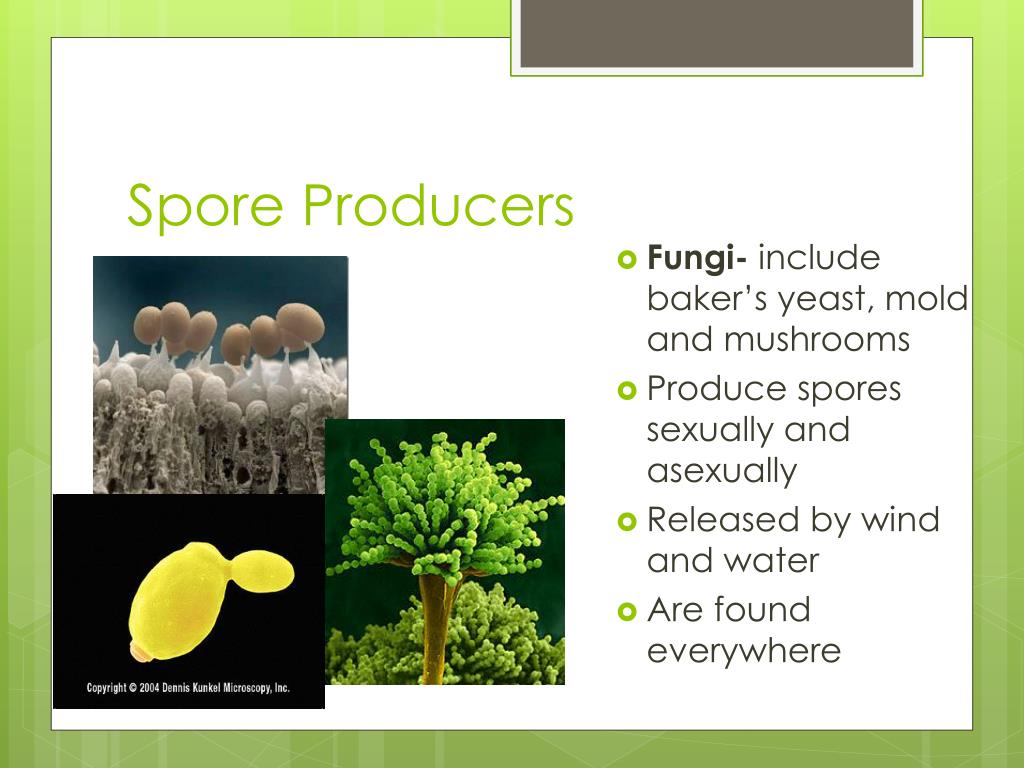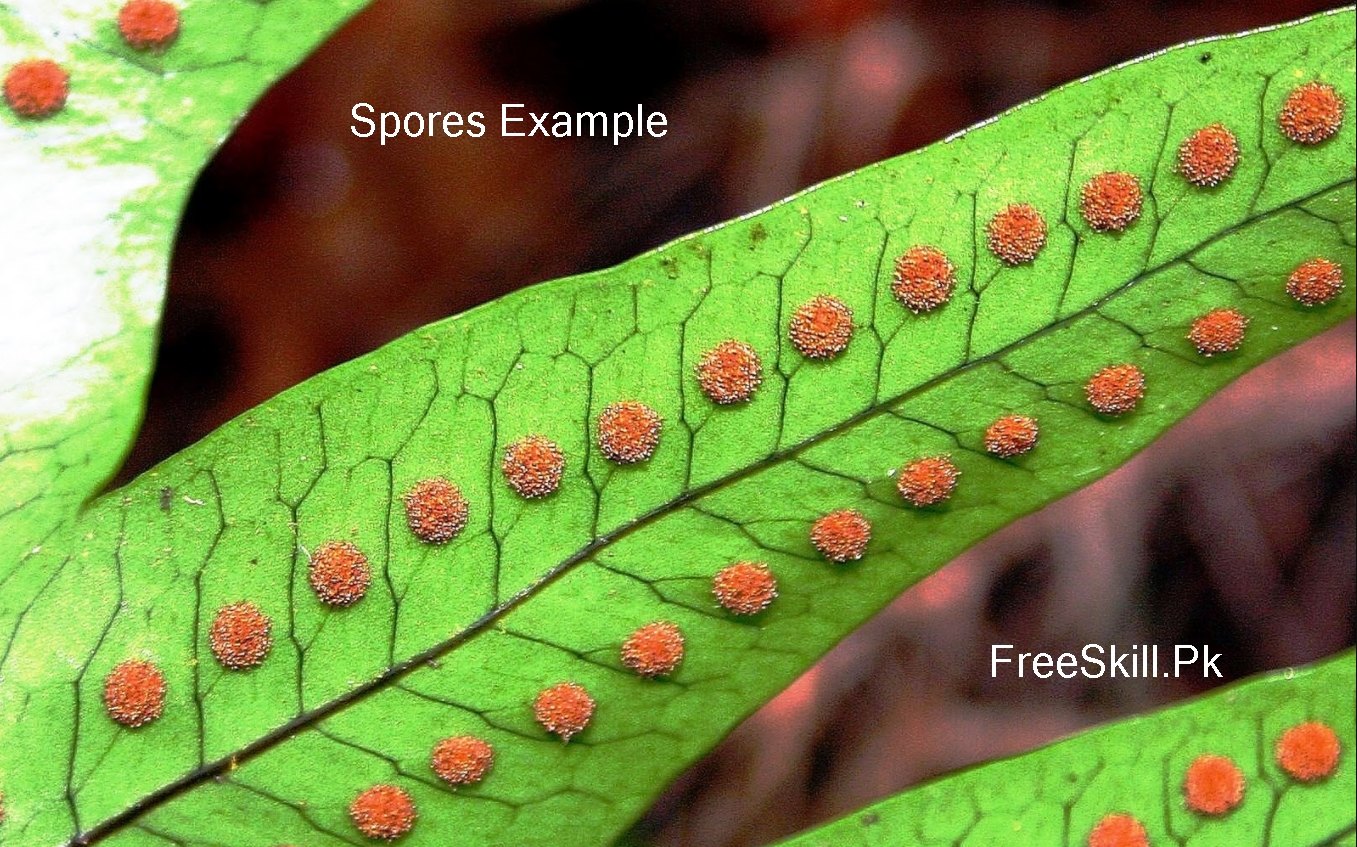
There are about 20 native gymnosperms in New Zealand, including our tallest tree, the kahikatea ( Dacrycarpus dacrydioides, white pine).

These are then scattered away from the plant by wind or animals. After the female gametes are fertilised by male gametes from the pollen, the female cones produce seeds. Male cones make pollen, which is carried to female cones by the wind. Next time you pick up a pine cone, look for loose seeds inside. These seed plants do not have flowers or fruit - their seeds are held in cones. There are two main groups of seed plants: The seed is dispersed away from the parent plant, and when conditions are right, the embryo germinates and grows into a new plant. The seed protects the embryo and stores food for it. After fertilisation, a tiny plant called an embryo is formed inside a seed. Seed plants have special structures on them (flowers or cones) where special male and female cells join through a process called fertilisation. Plants that produce spores (ferns, mosses, liverworts and green algae).Plants that produce seeds (flowering plants and cone plants).Plants are divided into two big groups, based on how they reproduce: Botanists organise the plant kingdom into groups based on features found in different plants. Just take a walk in the garden or bush to see the amazing variety. There are many different kinds of plants. Plant cells have much in common with animal cells, but they have some different structures. Your browser does not support the audio element.Plants are different to animals partly because they use the energy from sunlight through a process called photosynthesis (although there are a few plants that don’t). Listen to a recorded reading of this page:.Take a ten question quiz about this page.Mosses tend to grow in damp areas with plenty of shade.There are over 12,000 different species of mosses.This helps conifers to survive in cold, windy, and dry climates. Needles are tough, don't dry out, and will not easily fall off in high winds.

Conifers often have needle shaped leaves.Scientists estimate that some species of ferns have been around for over 350 million years.Interesting Facts about Non-Flowering Plants At some point the casings dry out and the spores are released into the air. Ferns produce spore casings on the underside of their leaves. They also don't have typical roots like most plants, but anchor themselves to rocks and soil with short growths called rhizoids.Īnother type of spore producing plant is the fern. Mosses don't have flowers or seeds, but use spores to reproduce. Mosses are soft and spongy plants that typically only grow a few inches tall. Because they are so small and light, they can be dispersed by the wind to new locations where they can grow.

Plants that make spores produce huge numbers of them. Spores are tiny organisms that usually contain only a single cell. Spore producing plants include plants such as mosses and ferns. There are some non-flowering plants that don't produce seeds. When they are released by the cone, they will float on the wind until they reach the ground where they will germinate and grow. The hard scales of the cone protect the new seeds as they grow. If the pollen lands on a female cone, then the female cone will produce seeds. Conifers are woody plants and most of them are trees such as pine trees, firs, cypresses, junipers, cedars, and redwoods.Ĭonifers reproduce using their cones. The word "conifers" means "bearing cones." Conifers are plants that use cones to house their seeds.

One of the major groups of gymnosperm plants is the conifer. They are called this because their seeds are open to the air with no covering such as the seeds of flowering plants.


 0 kommentar(er)
0 kommentar(er)
